3 The Fear of Thinking Outside the Box
Mar 18, 2023
3
My first years as a dentist and transitioning to a holistic view.
From a young age, I was a people pleaser. Being an A student came with privileges at home. We were taught that, as a general rule, teachers were right and not to be questioned. I got good at giving the answers that were expected. I mainly wanted to stay out of trouble and graduate. At that time, we didn’t “graduate” from kindergarten in Germany … I can’t tell you whether this has changed 60 years later 😉.
Dental school in Germany was extremely stressful for me. When I started the pre-clinical program (that’s when students work on mannequin teeth), we all knew that out of about sixty students, only thirty would reach the clinical phase, treating “real” patients. The reason was simple: the lab in the basement had sixty workstations for students, but the main clinic only had thirty dental chairs … there you have it.
A few years out of dental school, my sister showed me an article about fluoride in toothpaste. The article pointed out the toxicity of fluoride. For the first time, I read the FDA mandatory poison warning, “If you accidentally swallow more than used for brushing, seek professional help or contact a poison control center immediately”.
The article did not make it past my ego barrier: “I have worked my butt off to become a dentist. My alma mater teaches the latest science. I will not waste my time researching this. Dismissed.”
About 20 years later, I was faculty at the University of Philadelphia in Pennsylvania. Amongst other things, I was teaching an elective course about homeopathy. The medical school organized an event about complementary and integrative medicine, inviting speakers from different backgrounds. We heard presentations in favor of alternative methods, as well as speakers who warned about the dangers. Finally, the editor of a prestigious medical journal entered the podium. To this day, I can hear her words, “if preposterous methods like homeopathy really did work, it would put everything we have learned and done so far upside down.”
I was speechless. Not only was there somebody, without any personal experience or knowledge in homeopathy, calling it “preposterous”. But she wasn’t even aware that she was giving full disclosure of her reason for rejecting alternative methods: FEAR! Fear of the unknown, fear of losing status, fear of being ridiculed.
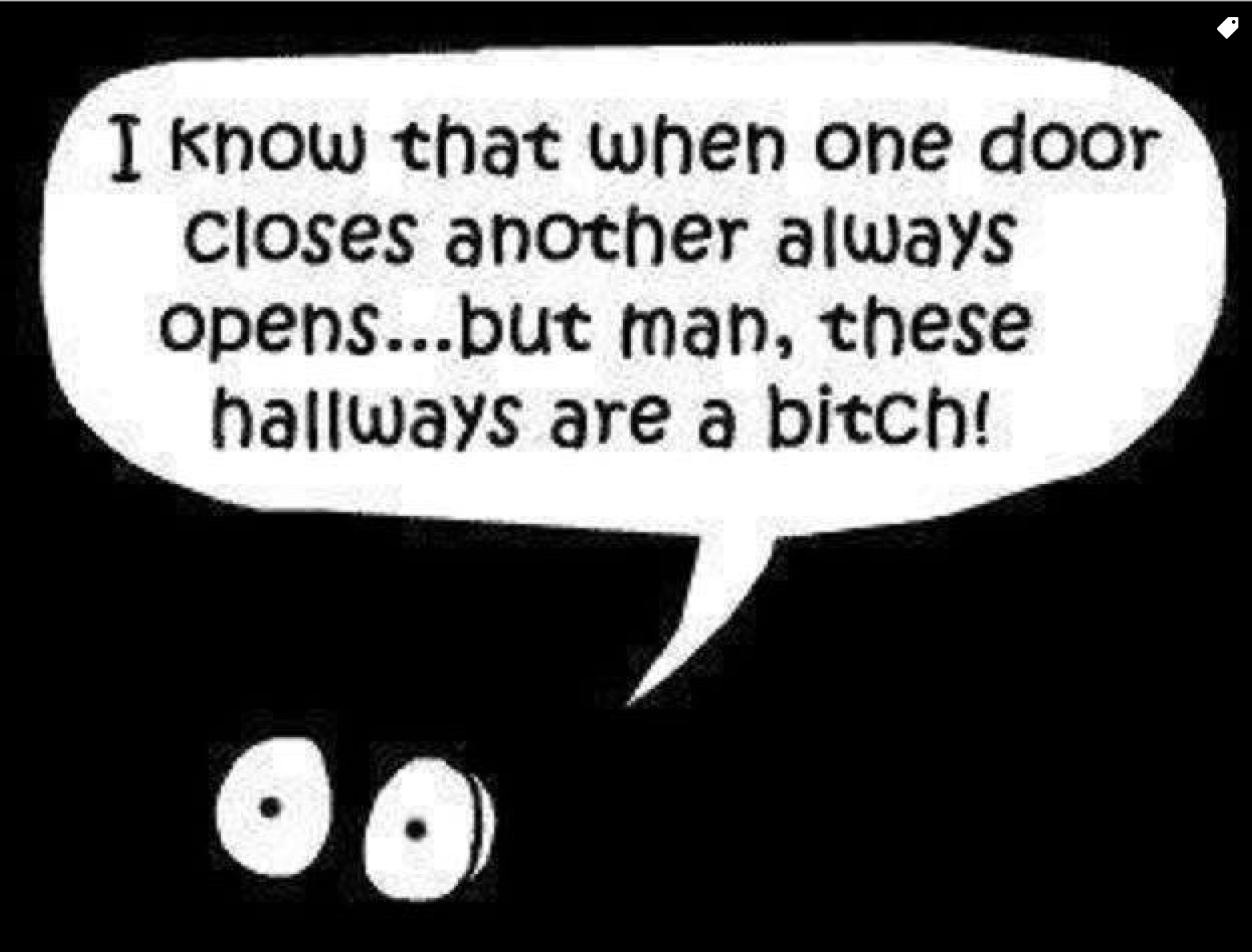
The Difference between Theory and Practice
Oftentimes, an ominous gap separates theory and practice or what we say and what we do.
45 years ago, dental impressions were taken with some gooey material heaped on a large tray that had to go in the patient’s mouth and remain there for several minutes (which can seem like an eternity). In class, the professor first gave us the theory covering impression materials, showing graphs and quoting research articles, all proving the importance of adhering to the exact ratio between water and powder. Then he got ready to demonstrate the practical part (drumroll):
He measured the water, added the powder, and had his assistant take over doing the mixing. This lady had been handling impression materials for years, if not decades, and knew how to get the best consistency: not too runny, not too hard. Halfway through the mixing, she went to the faucet and added a few sprinkles of water. What??? No, that was not commented on, and nobody had the guts to ask.
Medicine is an Art and not a Science.
Our health and wellbeing are affected by an infinite number of factors beyond matter.
Randomized controlled trials have long been held up as the “gold standard” of clinical research, pretending that identical age, gender, socioeconomic status, and a few other variables are sufficient to create “identical” groups who are expected to react very similarly. The mantra has been “To measure is to know”. But what do we measure?
We measure what we established measuring parameters for. We choose to ignore that which we don’t know how to measure. Sounds a bit sketchy? Ponder this:
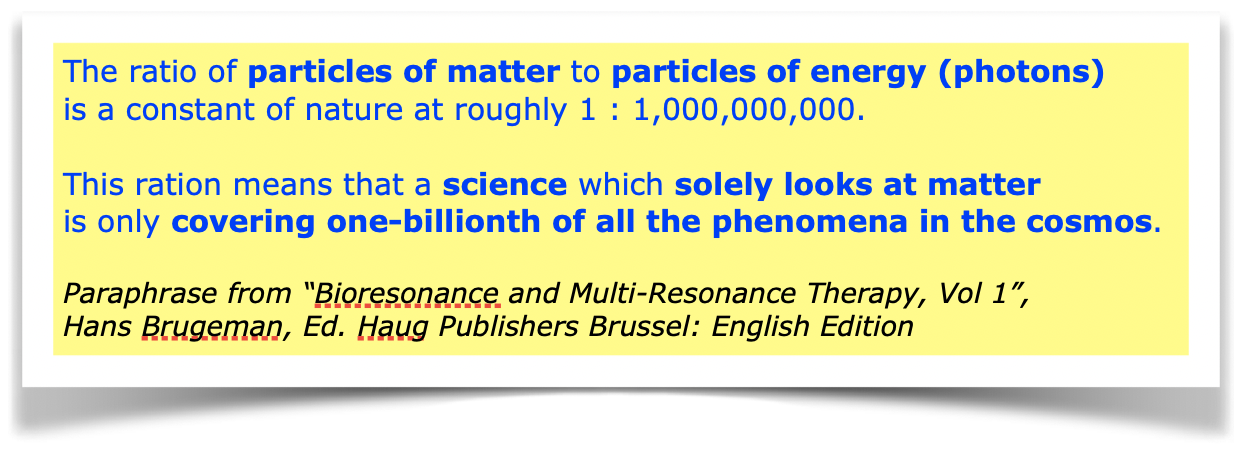 Let’s pick just one example that you all are familiar with: LASER light. If you had told anybody in 1957 that it is possible to cut matter using light, the idea would have been scoffed at. In 1958, the first practical application was in use. It took two Nobel prizes and decades of battling over patents to get us where we are today. Lasers are ubiquitous in the commercial marketplace, used in CD players, in corrective eye surgery, tattoo removal, industrial assembly lines, supermarket scanners, optical communications, optical data storage, and more.
Let’s pick just one example that you all are familiar with: LASER light. If you had told anybody in 1957 that it is possible to cut matter using light, the idea would have been scoffed at. In 1958, the first practical application was in use. It took two Nobel prizes and decades of battling over patents to get us where we are today. Lasers are ubiquitous in the commercial marketplace, used in CD players, in corrective eye surgery, tattoo removal, industrial assembly lines, supermarket scanners, optical communications, optical data storage, and more.
Take-Home Points
1. Give yourself permission to be your own wellness coach.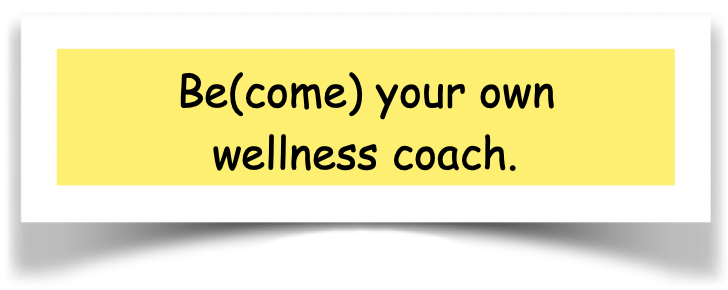
2. Strengthen your connection to your electrons, AKA gut feelings.
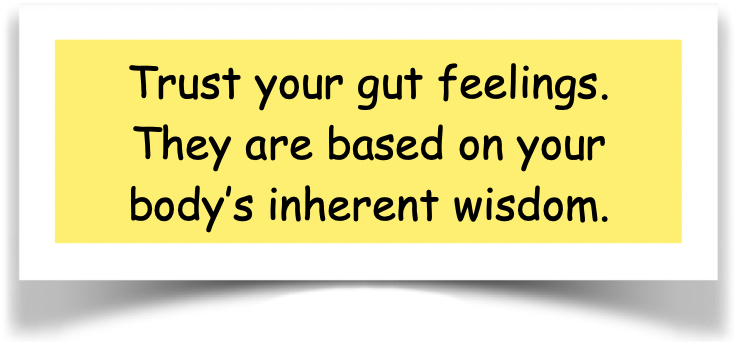
3. Progress happens a tad outside of your comfort zone.
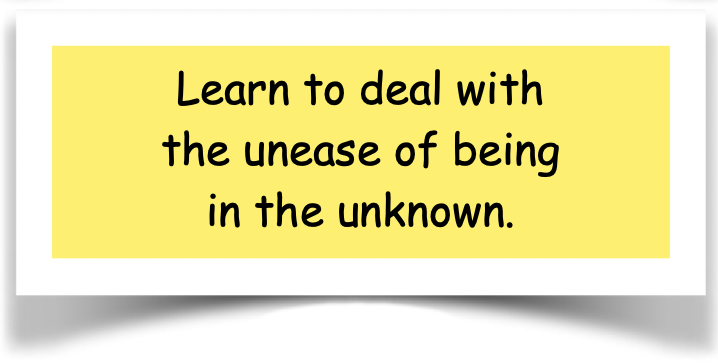
TODAY'S WELLNESS TOPIC:
Cranial Osteopathy / CranioSacral Therapy
In my next newsletter, I will talk about Homeopathy.
Over the course of 40-plus years in the medical field and 66 years roaming the planet, I have many topics that I would like to delve into. Please let me know which topics interest YOU so that I can prioritize them: [email protected] 🙏
Warmly,

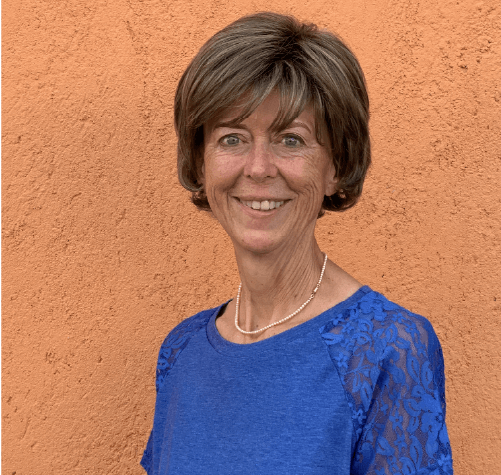
P.S. Stay in the loop - subscribe to my Wellness Newsletter


